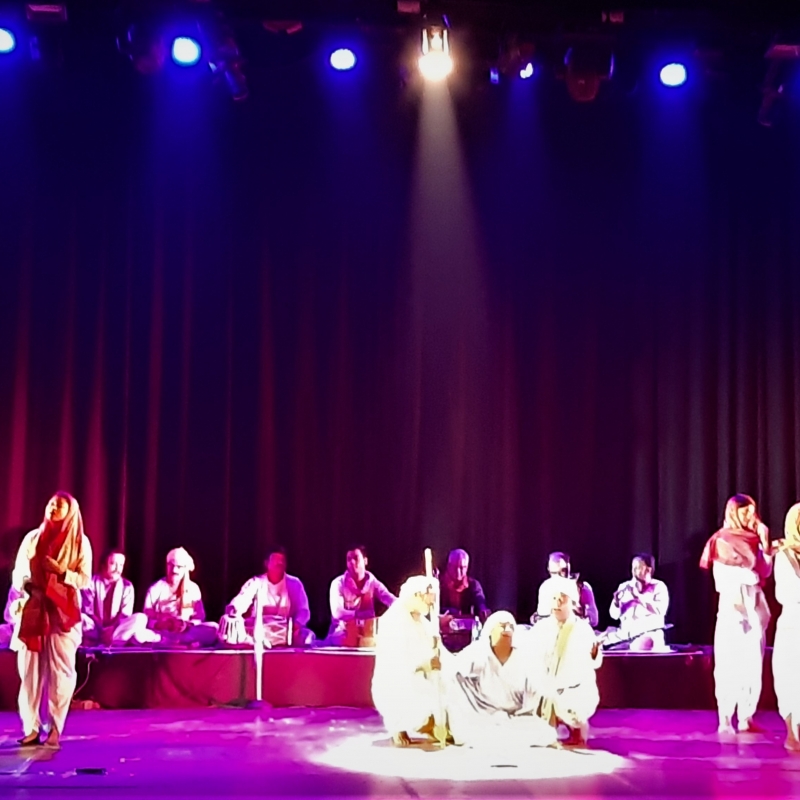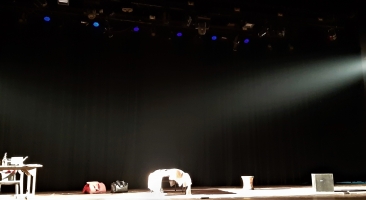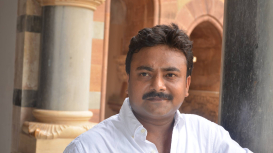The Hindi theatre tradition evolved later than many other linguistic theatre traditions of India. It came up within the specific sociopolitical context of India’s Independence movement and as a response to the call given for social and cultural renaissance in the Hindi-speaking belt during the late nineteenth century. While Hindi theatre thrives in some of the bigger cities such as Mumbai and Delhi, the tradition remains almost absent from most smaller cities.
It is not as though Hindi theatre was never a strong tradition in the smaller cities of the Hindi heartland. Among other cities, Agra was one of the important cultural centres in the Hindi-speaking region where the modern Hindi theatre tradition evolved as an offshoot of the national movement led by the Indian People’s Theatre Association (IPTA) during the Indian Independence movement.
Through the years, Agra’s Hindi theatre has witnessed its share of ups and downs but subsequent generations of theatre activists and performers from the city have kept the tradition alive. In the past decade, Ranglok Sanskritik Sansthan has emerged as an independent theatre group under the convenorship of Agra-based theatre activist Dimpy Mishra, an alumnus of IPTA’s Agra chapter. The group, besides grooming local talent in various aspects of theatre such as performance, production, direction, set design, lighting and music, also organises theatre performances from established theatre groups from strongholds of theatre all over the country.
The journey of modern Hindi theatre in Agra is an important phenomenon to be understood vis-a-vis the factors contributing to the rejuvenation of performance arts in smaller centres for culture and theatre.



